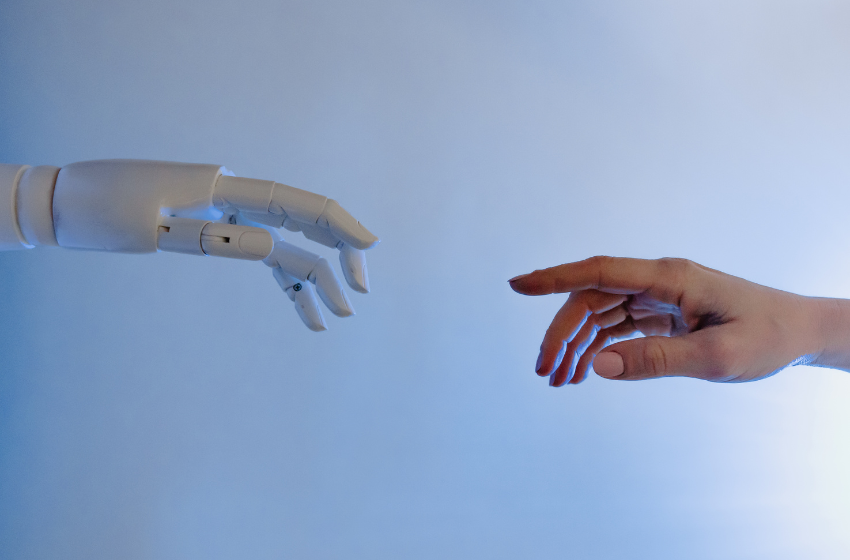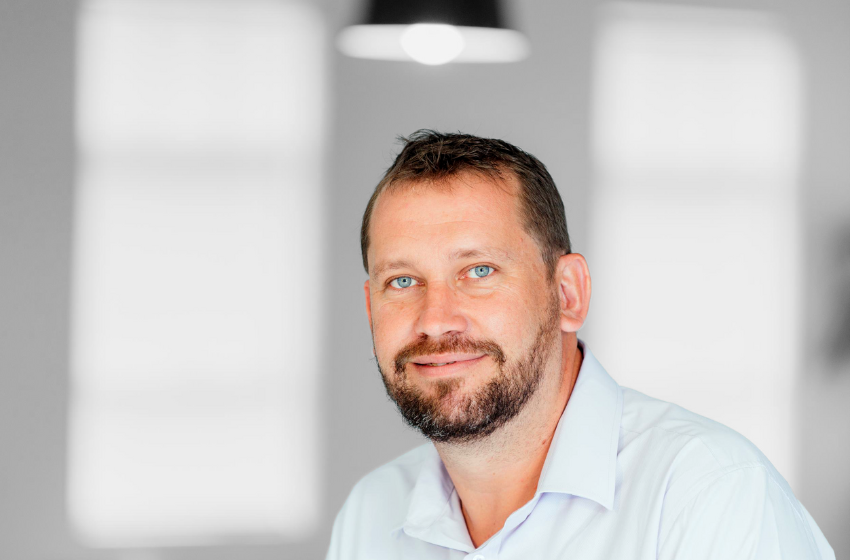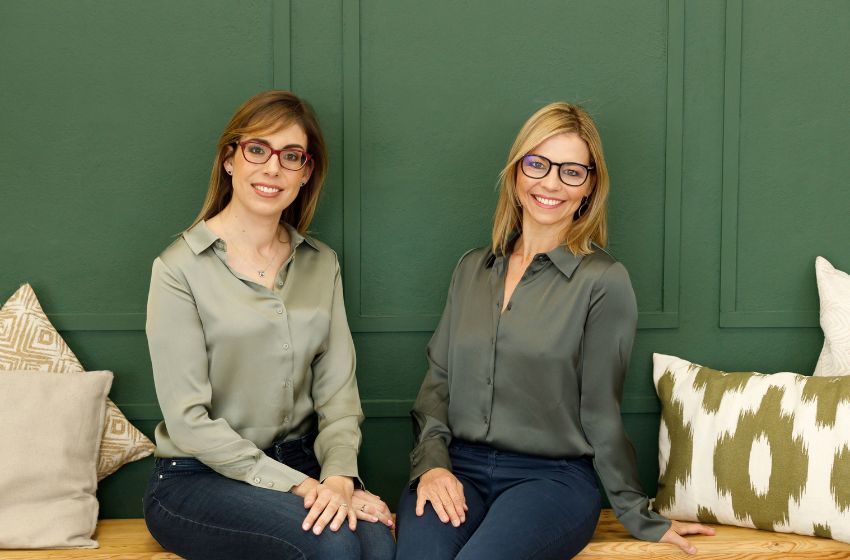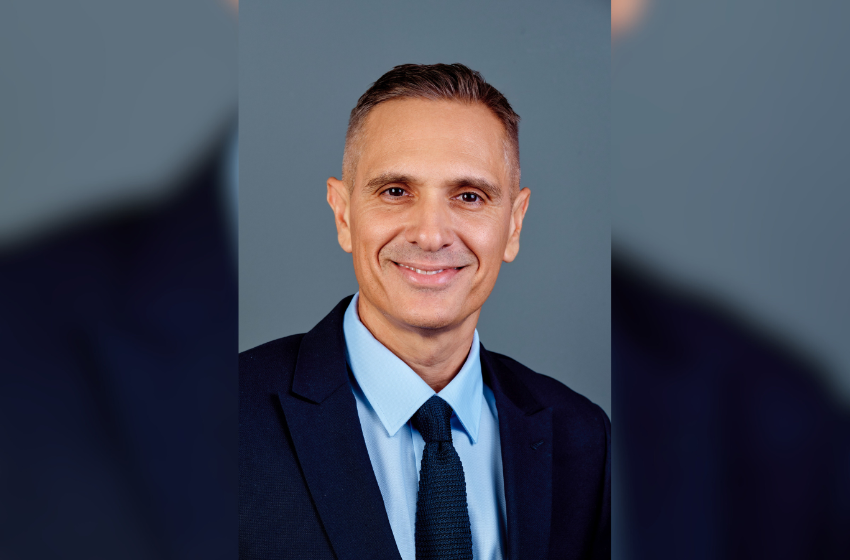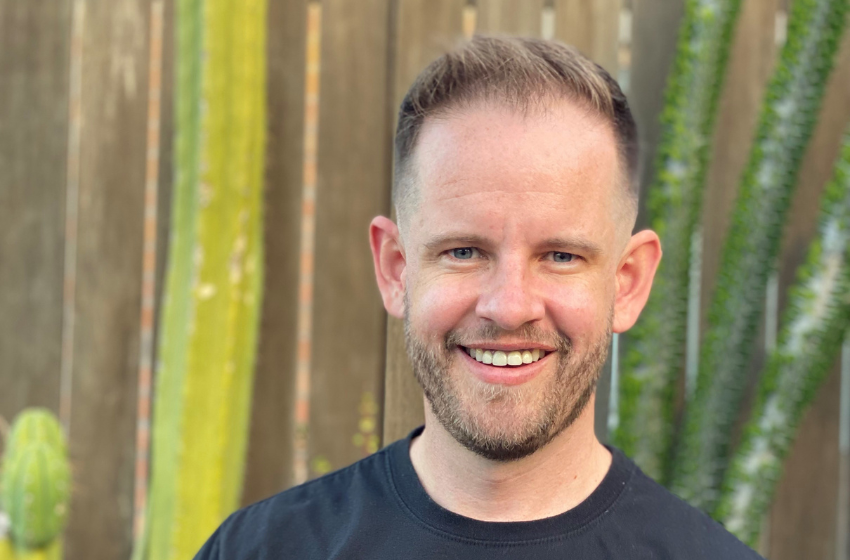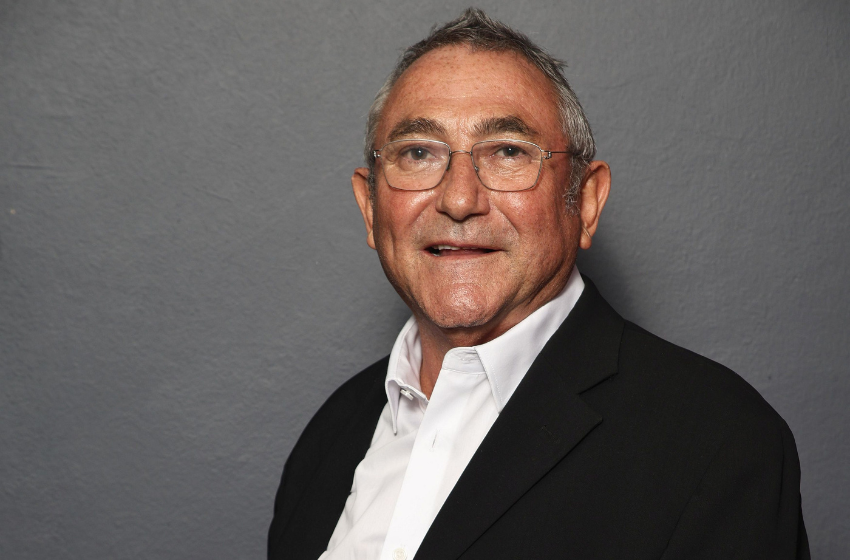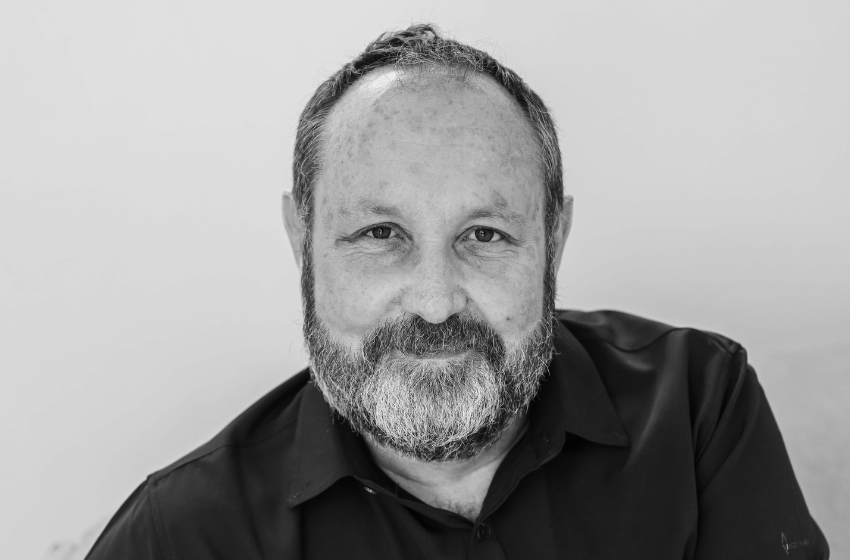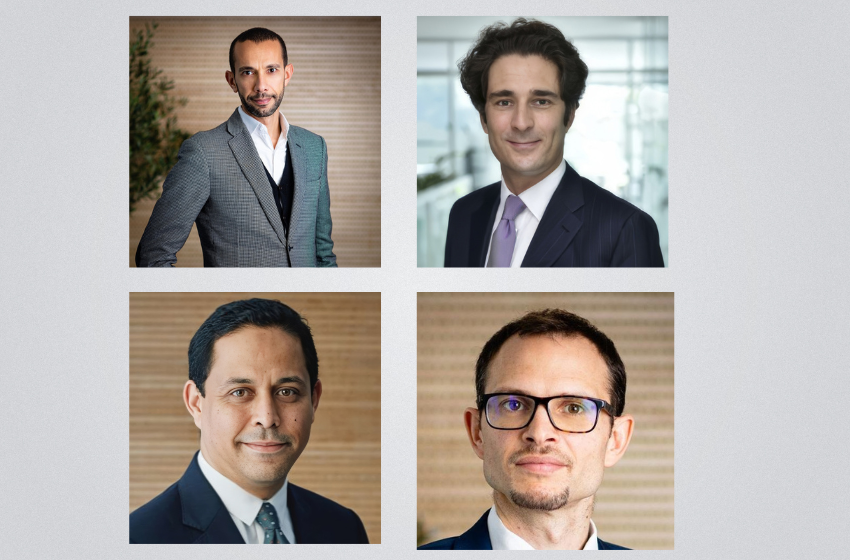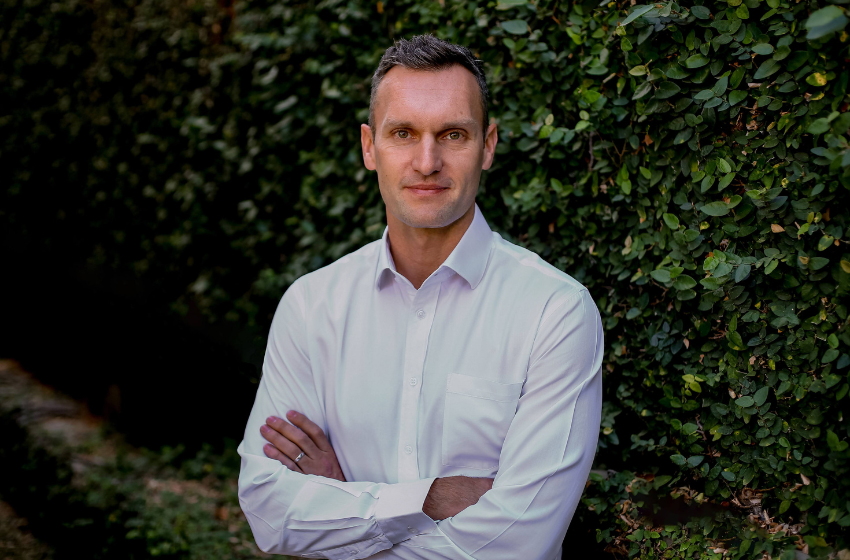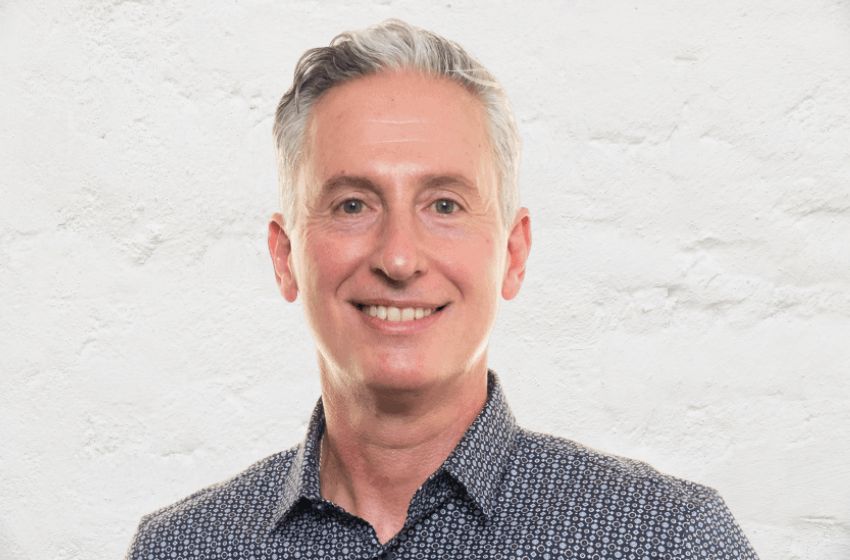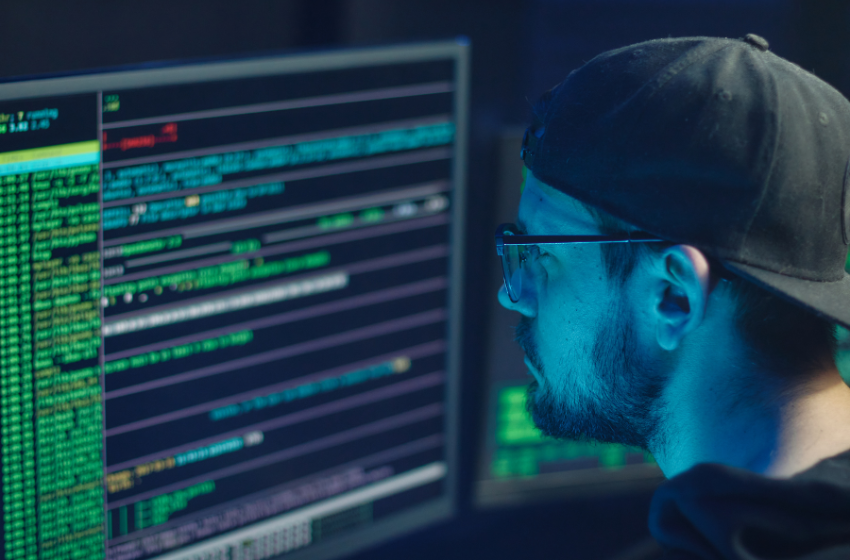
Artificial Intelligence (AI) has transformed a multitude of fields, from business and law to ICT, where it has proven invaluable in analysing data, improving efficiencies, and identifying patterns. In these domains, AI’s role is rather linear: it processes information, supports decision-making, and sometimes even drives innovation.
However, in the creative industries and design, where processes are deeply iterative (needing constant refinement), contextual, and human-centred, GenAI’s impact is far more disruptive. It brings not only new capabilities but also complex ethical questions that go to the heart of creativity itself, says Marili Jefferies, Head: Instructional Design at IIE Vega, a brand of The Independent Institute of Education, SA’s leading private higher education provider.
And it brings a huge conundrum for creative people considering turning their passion into a career: Does it make sense to pursue such a career in this age of AI?
“As AI-generated art and design proliferate, creative industries face challenges distinct from those in more technical domains. In the creative sphere, questions about authorship, originality, cultural impact, and even job displacement loom large, prompting artists, audiences, and society at large to question the boundaries and responsibilities of creatives utilising GenAI,” says Jefferies.

DOES THE HUMAN TOUCH STILL COUNT FOR SOMETHING?
Generative AI is a tool, not a replacement for human creativity. It can churn out designs or ideas fast, but it lacks the soul, intuition, and context you as a human designer bring, says Jefferies.
And indeed, AI designs are now so ubiquitous and obvious, that already they are facing pushback.
“Those in the creative field, or considering a career in creative, should understand that yes, the field is evolving. AI is great for prototyping, iterating, or handling repetitive tasks, freeing you to focus on deeper, original work.
“But clients and audiences still crave human perspective, storytelling, and emotional resonance, which AI can’t fully replicate. Additionally, creatives should lean into what makes them unique. Their taste, cultural insight, or ability to solve specific problems. Specialise in areas where human judgment shines.”
Unlike algorithmic problem-solving, creative industries rely on context-sensitive processes. Design is not just about generating outputs but also about responding to user needs, testing and refining ideas, and engaging in dialogue with stakeholders.
And over-reliance on GenAI may lead to homogenisation of creative outputs.
“If widely used models draw from similar datasets, often trained on dominant Western visual and cultural references, this could marginalise diverse perspectives and stifle cultural specificity in design. This lack of contextual cultural awareness becomes especially problematic when AI-generated art is used commercially, as it risks commodifying and misrepresenting cultures and perpetuating cultural bias and stereotypes,” Jefferies says.

AUTHORSHIP AND OWNERSHIP
One of the primary issues surrounding AI in the arts is authorship. If something is AI generated, who owns it? Is it the designer who input the prompts, the organisation using the design, or even the developers of the GenAI model?
Intellectual property (IP) laws in South Africa, like in many other regions, attribute copyright to human creators, leaving AI-generated works in a legal grey area (for now). This ambiguity impacts not only individual designers but also businesses investing in GenAI-generated assets, as the lack of clear ownership frameworks can complicate commercial use and licensing.
“Furthermore, transparency in GenAI use is a growing ethical concern. In commercial design, brands thrive on authenticity and originality. If audiences are unaware that a visual identity, illustration, or campaign is AI-generated, it can undermine consumer trust and devalue the perceived craftsmanship of design work.”
THE FUTURE OF CREATIVE
Jefferies says the creative industries are at a pivotal moment.
“GenAI offers tools of immense potential, yet its impact must be critically assessed. Addressing authorship rights, ensuring transparency, preserving iterative and context-sensitive design processes, and mitigating environmental costs are all essential to maintaining the integrity and sustainability of creative practice.”
Jefferies says that despite the rapid advancements in generative AI, a career in the creative industries remains a compelling choice because human creativity offers something AI cannot: emotional depth and authentic connection.
“AI can generate visually stunning designs or draft ideas at lightning speed, but it lacks the ability to weave personal experiences, cultural nuances, and emotional resonance into its work. Clients and audiences continue to seek the human touch, in stories that reflect lived experiences, designs that evoke genuine emotion, and solutions that address specific cultural or social contexts.
“Creative professionals bring unique perspectives shaped by their individuality, intuition, and ability to interpret complex human needs, which AI struggles to replicate. By honing skills in storytelling, cultural insight, and human-centered design, creatives can carve out a niche where their work stands out against the often formulaic outputs of AI, ensuring their relevance and value in an evolving industry.”
The Independent Institute of Education (Pty) Ltd (“The IIE”), a division of JSE-listed ADvTECH, is the largest private higher education institution in South Africa. It operates across 24 sites and via distance, offering 135 registered and accredited higher education programmes from Higher Certificate to Doctorate level on its IIE Varsity College, IIE Vega, IIE MSA, IIE Rosebank College and IIE HSM campuses.
Share via:


